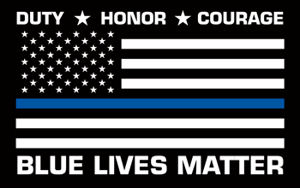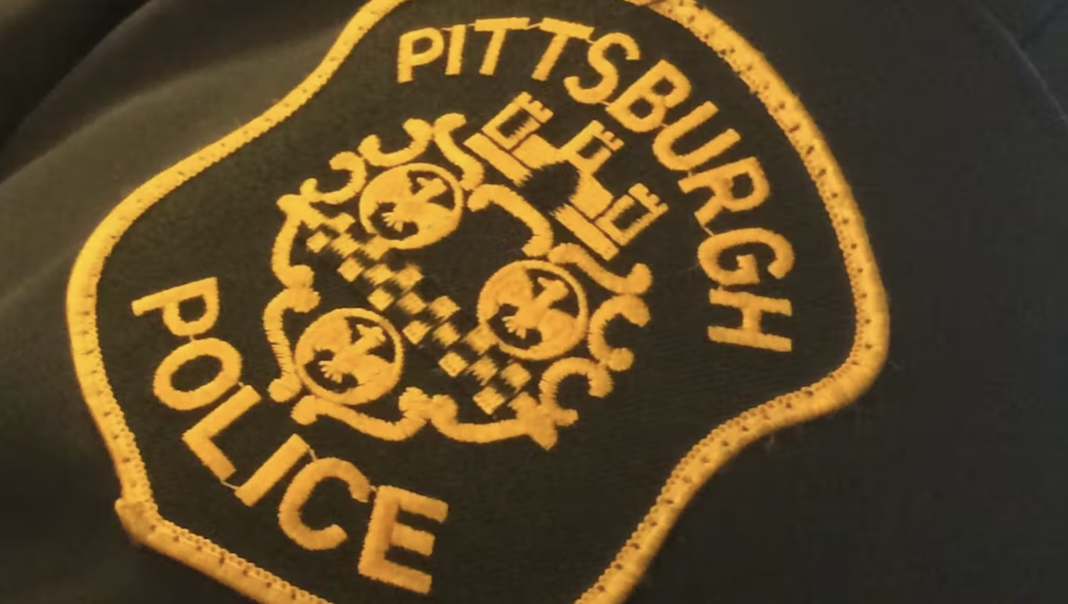Dec. 28, 2022 A Carnegie Mellon University criminologist says a temporary and targeted use of stop, question and frisk policing could drive down Pittsburgh’s gun violence, which soared in 2022.
By Justin Vellucci Source The Tribune-Review, Greensburg Distributed by Tribune Content Agency, LLC.
Increased gun violence in Pittsburgh has spurred city officials and residents to look for ways to combat the problem.
A Carnegie Mellon University criminologist is recommending an approach that has generated controversy and debate elsewhere.
Daniel Nagin, a professor of public policy and statistics at Carnegie Mellon, is calling for a temporary and targeted use of stop, question and frisk — a method of proactive policing in which law enforcement officials do not need a search warrant or probable cause to stop and pat down someone.
The method has been found to disproportionately affect people of color. It drew the ire of some New Yorkers when it was used in the Big Apple during the administration of former Mayor Michael Bloomberg.
“Being stopped, questioned and frisked has real social implications to it. I think there was justifiable reaction to the overuse of this in New York City,” Nagin said.
But Nagin said he thinks the approach could work in Pittsburgh if it were used on a temporary basis in the city’s highest-crime neighborhoods.
“There’s good evidence that it’s effective in mitigating the violence,” he said.
Beth Pittinger, executive director of the independent Citizen Police Review Board, isn’t so sure.
“That would definitely escalate tensions (and) go a long way toward destroying the community and police relationship,” Pittinger said. “We can’t stop everybody, nor should we. If you have probable cause to search, go for it … but a blanket approach just creates bigger problems.”
Homicides reach 8-year high
Gun violence in Pittsburgh has soared this year. The city’s nearly 70 homicides in 2022 are the highest in eight years.
Victims have included a 4-year-old girl and her mother who were shot and killed at a Lincoln-Lemington grocery store, three people who were gunned down at a bus stop near Allegheny Commons and two teens who were shot and killed at a party inside a North Side Airbnb.
It’s unclear how Pittsburgh police now use stop, question and frisk.
Police leadership declined to give any interviews about the method or proposed city legislation addressing it.
“The Bureau of Police must act within the scope of the law regarding when an officer can stop an individual and initiate a search,” read a statement from Acting Chief Thomas Stangrecki. “An increase in violence does not negate the law or current policy, nor does it minimize a citizen’s rights and subject them to unwarranted search protocols.”
The bureau has a policy against racial profiling and “biased policing.”
“Officers may not use race, ethnic background, gender, gender identity, sexual orientation, religion, economic status, age, cultural group, or an individual’s ability/inability to speak English, as the criteria for determining when or how to take enforcement action or provide police services,” a bureau policy reads.
Pittsburgh City Council is expected to reintroduce a measure intended to thwart the overuse of stop, question and frisk.
When introduced last January by Councilman Ricky Burgess, the measure required Pittsburgh police officers to use a body-worn camera or vehicle-mounted recording device to document their reasonable suspicion for initiating a stop, question and frisk.
“The police officers’ stop-and-frisk disproportionately affects African Americans,” Burgess said at that time. “Close to 70% of those encounters are with Black people. It creates an atmosphere of intimidation.”
He said his proposed legislation would reduce racial profiling in such stops, as officers would have to document a clear reason for initiating the stop.
In a recent interview, Burgess stressed that the legislation “has been designed to increase confidence in police.”
“You cannot have enough police, by themselves, to eliminate crime,” Burgess said. “But any police activity — we have to balance the short-term effect with the long-term consequences.”
“What we’re trying to do is not hamper the police,” he added. “We believe, if they have to document the stop, there will be less stops. We want to help them to use their police powers with greater precision.”
The elements of race
Ron Idoko feels stop, question and frisk is a nonissue.
The associate director at the Center on Race & Social Problems at the University of Pittsburgh said recent history has been pretty decisive about the method’s use in places like New York City.
“The data has been very, very clear — it disproportionately affects Black folks. And the vast majority of people stopped don’t have weapons or (drug) paraphernalia,” Idoko said. “I’m not entirely clear on why people are recommending it as a solution.”
Idoko believes the solution needs to be a little more nuanced and involve people “coming together from different disciplines” to forge answers to violent crime. He also wants “people to deeply empathize with those affected by this.”
“The evidence is clear — this policing method has a horrible effect on communities of color,” he said. “I don’t believe that’s making a safer Pittsburgh. I understand people are concerned about the violence … but I think we should dig deeper to see where these issues came from.”
‘Plan for Peace’
Pittsburgh Mayor Ed Gainey ran for mayor in 2021 at least in part on a platform of reforming Pittsburgh police. Since taking office, he has worked with Burgess and others to craft what he calls his “Plan for Peace.”
Under the measure, unveiled in early June, the city created a program to offer grants to community organizations focused on violence prevention. The plan also proposed pairing traditional city policing with a code-enforcement approach to cleaning up neighborhoods, including removing trash, weeds and abandoned vehicles and repairing lighting, sidewalks and more.
Another proposal recommended working to prevent the spread of disease and addiction by offering safe injection supplies, fentanyl test kits and treatment options for drug users.
Gainey stressed that police would continue to act as law enforcers.
“A public health approach to eliminate violence does not replace nor is it in conflict with law enforcement,” he told reporters then. “Creating safety for all requires a range of strategies, including the presence of people trained to confront life-threatening violence.”
The idea is not new. Former Pittsburgh police Chief Cameron McLay, who left the city in 2016, advocated for it, and it also was championed by Chief Scott Schubert, who left earlier this year.
After a large drop in violent crime in 2017 and early 2018, officials attributed the drop in part to the focused deterrence approach.
A Gainey spokesperson did not respond to requests for comment for this article.
‘I stand by my recommendation’
Nagin admits his proposal to move forward with more targeted stop, question and frisk tactics is controversial.
“Even with good coordination, there are going to be some circles that are going to react negatively to this tactic, given the circumstances,” he said. “I stand by my recommendation.”
To illustrate, Nagin cites academic research from Chicago.
In 2016, Chicago homicides jumped 54% over the previous year. The increase was concentrated in a small number of poor, largely Black neighborhoods, and differing accounts were offered for the increase, Nagin and co-author Charles Manski wrote in an essay titled “Confrontational Proactive Policing: Benefits, Costs and Disparate Racial Impacts.”
The men wrote that “the optimal response of the Chicago Police should be an increase in their use of confrontational proactive tactics,” such as stop, question and frisk.
“The optimality of such a response is supported by a review of studies of the effectiveness of heightened pedestrian and vehicle stops in high-violence places,” they added. “That review concludes that such (stop, question and frisk) stops reduce gun violence by as much as 49%.”
Nagin and Manski were aware of the context.
“Deadly use of force by the police in large and small cities across the United States has led to protests, riots and heated debates,” they wrote in the essay, published in the peer-reviewed Proceedings of the National Academy of Sciences.
“Public criticism of policing, however, goes well beyond use of deadly force,” the essay said. “The longstanding controversy over the New York Police Department’s widespread use of the stop, question and frisk tactic during the administration of Mayor Bloomberg is reflective of a broader set of public concerns (that the tactic) may intrude into the lives of innocent citizens even as they may be effective in preventing crime.”
Pittinger, from the citizens’ police board, said the tactic might reduce violent crime in a particular area — but she worries it could set a dangerous precedent.
“There are a lot of people in the community who want to see everyone stopped,” she said. “But that’s not the way it’s done.”

